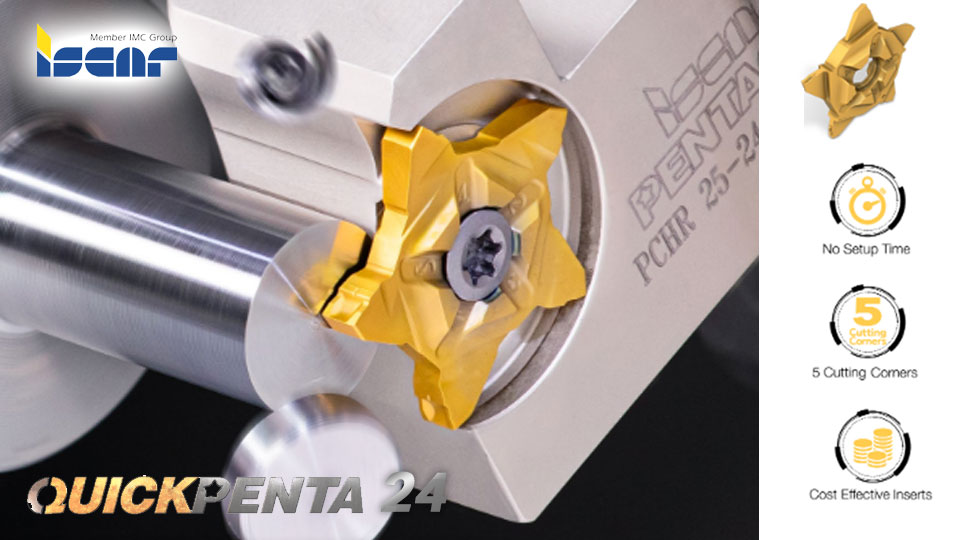Canon’s “Super Cycle”
AI Forecasts Failures
Mr. Hiroaki Takeishi, a senior executive of Canon, talked about the economic ups-and-downs or referred to as “Super Cycle,” which is the cycle of demands in semiconductors that will be rising over the long term, that “I can feel that it is happening. I can see that the interval between each machinery investment on which the semiconductor manufacturers decide is getting shorter.” Many times, they need to order new machinery before the original schedule. This proves that “there has been an increasing utilization of such machinery.”
For each machinery investment, the market conditions, customers and technology development must be taken into consideration. Therefore, the shorter cycle of equipment investment can be viewed as a higher investment responding to the customer’s demands. In fact, Canon can make sales of semiconductor lithography equipment alone very well: 27 units for the Q1 in 2018 or equivalent to 2.5 times of the Q1 in 2017, and the total sales volume of 2018 is expected to be 126 units or 1.8 times of year 2017.
Enhancement in Production Efficiency
The semiconductor lithography equipment is used to etch a circuit pattern onto the wafer of semiconductors. Canon’s manufacturing bases of semiconductor lithography equipment are located at Utsunomiya plant (in Utsunomiya, Tochigi prefecture) and Ami plant (in Ami, Ibaraki prefecture). The materials necessary for the manufacturing has been severely affected by the Super Cycle, about which Mr. Takeishi expressed his opinion that “We need to enhance our production efficiency to decrease the lead time.”
For the above reason, Canon decided to increase its production capacity of semiconductor lithography equipment, aiming to increase it by 1.5 times in 2018. To achieve, it will enhance the processing and film deposition processes, increase the subcontracting, and reassemble the retired equipment for use.
In addition, AI will also be utilized; at the moment, it is being tested to proactively forecast parts lifetime and failure of equipment. Not only will AI be used to prevent such problems, it is planned to be used in increasing the production capacity for Canon’s customers. In this matter, Mr. Takeishi has added that “there will be more usage of AI with our semiconductor lithography equipment, for example, it can be used to support the field service or the servicing application.”
Mr. Takeishi thinks that the important thing about AI is “its communicative capability with the plant employees” and he intends to utilize the AI’s capability in forecasting the problems to help the employees solve them quickly and effectively.
An Appropriate Approach
Currently, Canon is gathering the data of machinery operation from the authorizing companies and creating a trove of data which will enable the engineers to properly design and develop a highly capable AI system for the future.






